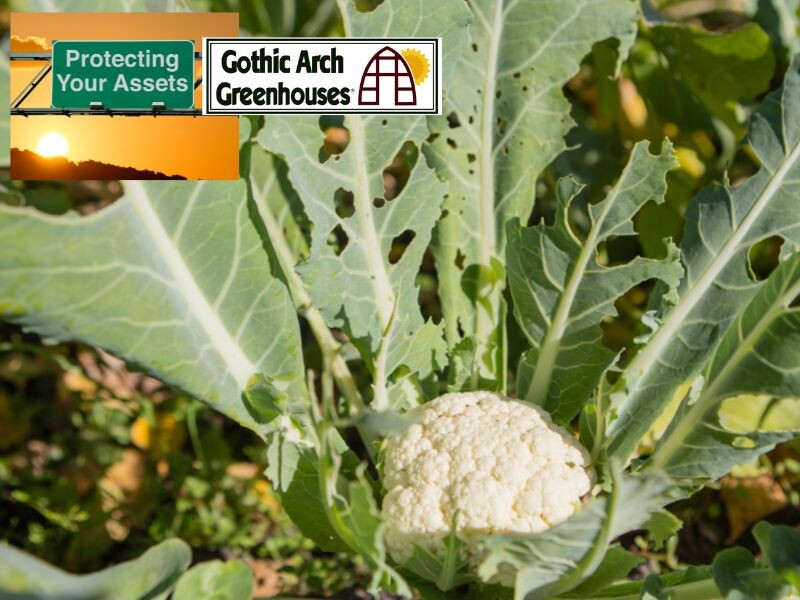
Greenhouse growers aim to create an ideal environment in which plants can thrive year round.
Along with managing temperature and humidity, keeping pests out and preventing the spread of disease are important.
The best way to protect greenhouse plants from pests and disease is by keeping it clean and consistent.
By not only controlling the greenhouse environment, but also what you introduce into it, you can set yourself up for a successful growing season.
Keep Greenhouse Environment Clean
Pests and disease can spread quickly in an untidy environment. As part of your regular maintenance routine, wash all surfaces, clean pots and disinfect tools. Remove dead leaves and other old plant matter to eliminate insect food sources. Get rid of all standing water. When working with plants, wash your hands before and after. Promote air circulation by giving each plant plenty of room to grow. Growers can empty their structure annually to clean all surfaces, check all doors and supplies for damages, and make repairs.
Keep Greenhouse Environment Consistent
Keeping the environment consistent throughout the greenhouse helps eliminate the hot, humid conditions in which pests and disease thrive. Some experts suggest natural ventilation systems are an ideal way to create those uniform conditions. Not only does the fresh air help control temperature and humidity, but it also contributes to transpiration and cell wall strengthening, beneficial for creating healthy plants. Automated climate controls can also have the same effect by creating consistent temperature and humidity to prevent the spread of pests and disease.
Inspect Greenhouse Plants Regularly for Pests
As a gardener, one of your most important tools is observation. Make time to inspect your plants regularly to identify and address signs of pests or disease before they get out of hand. Check your plants–or at least a smaller group of them–every day. Take note of spotted leaves, insects, insect skins, groupings of dying plants or unusual growth. If you suspect any plants are infested or diseased, remove them from your greenhouse and dispose of them right away.
Isolate New Plants in Greenhouse
Pests can also enter the greenhouse when you introduce new plants to the environment. When bringing in new plants, keep them isolated in an aquarium with a tight-fitting lid for up to two weeks to ensure no signs of bugs or diseases are present. Once you are sure that no pests or disease are present, you can safely transplant your new plants into your greenhouse.
Use Barriers and Traps in Greenhouse
Growers can use barriers, screens and traps to protect plants from the vast majority of pests. Insect screens over vents, windows and other openings are effective, but they limit the amount of sunlight that gets inside the greenhouse. Floating row covers and sticky traps are commonly used to provide protection. Sticky traps placed under benches, close to vents and near windows and doors will help you monitor pest activity.
Tips for Using Pest Controls in Greenhouse
Choosing between chemical or organic methods of pest control is a personal choice. While some insects can be harmful to your plants, others are natural predators to those pests. Not all insects are bad! If using chemicals, start by using the least toxic methods of pest control first so there is less damage to those beneficial insects.
Pests and disease target stressed and damaged plants. The best defense against pests and disease is keeping your plants healthy. We can help! Call us at 800-531-4769 or visit www.GothicArchGreenhouses.com for the supplies you need to protect your plants today!
